What is Fake Java update redirects?
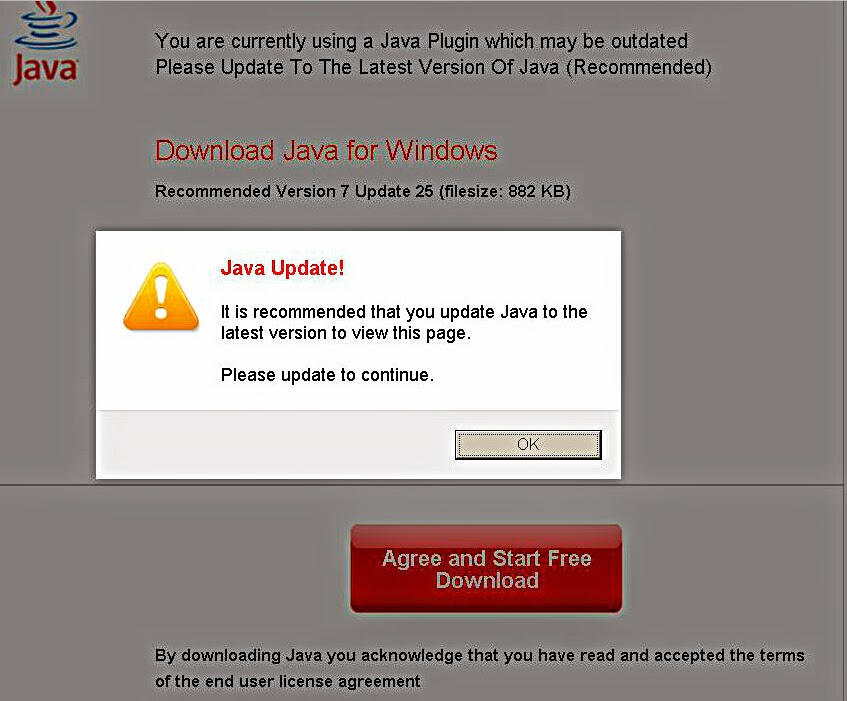
Through peer to peer network, it can easily infiltrate all versions of Windows system. Once it drops into your computer successfully, it will add unwanted registry entries, files and program which will in the end, slow down your computer. Your searching experience will also be frequently interrupted by its popup alert. If you click on the download or update button, you will be definitely redirected to random webpages. In these domains, your private messages will be likely to be logged and collected.
Fake Java update redirects can infiltrate your computer without your awareness since it can be secretly spread by the spammers or the cyber criminals to make illegal profits. Sometimes, it comes as the plug-ins of the downloaded or upgraded software, and it can also follow the previous viruses into your computer through the vulnerabilities. So, we sincerely suggest you to install an all-around safeguard like SpyHunter to help you block similar attack and infection.
Methods to Uninstall Fake Java update redirects Completely
Method One: Since it will inject its entries and app once it enters your computer, you should first find out all of them and delete them. For example, remove its entries in the Registry Editor.Method Two: You can also try to remove it with SpyHunter. It is a helpful viruses removal tool. It can detect and stop potential threats in your computer automatically and quickly to avoid severe damages.
Explicate Guides to Get Rid of Fake Java update redirects
Guide One: Manual Removal
Step 1: Delete the program of Fake Java update redirects from Add and Remove Programs in Control PanelMethod: insert Start menu and choose Control Panel > select Add and Remove Programs > choose the Java Update programs and click the Remove button on your right to delete it

Step 2: Unregister all entries below in Registry Editor:
HKEY_LOCAL_MACHINE\SOFTWARE\Microsoft\Windows\CurrentVersion\Uninstall\Fake Java update pop-up
HKEY_LOCAL_MACHINE\SOFTWARE\Fake Java update pop-up
HKEY_CURRENT_USER\Software\Microsoft\Windows\CurrentVersion\Internet Settings “WarnOnHTTPSToHTTPRedirect” = ’0
Method: press Windows and R to start Run…> type Regedit into Open box to open Registry Editor> find out all registry entries above and delete them
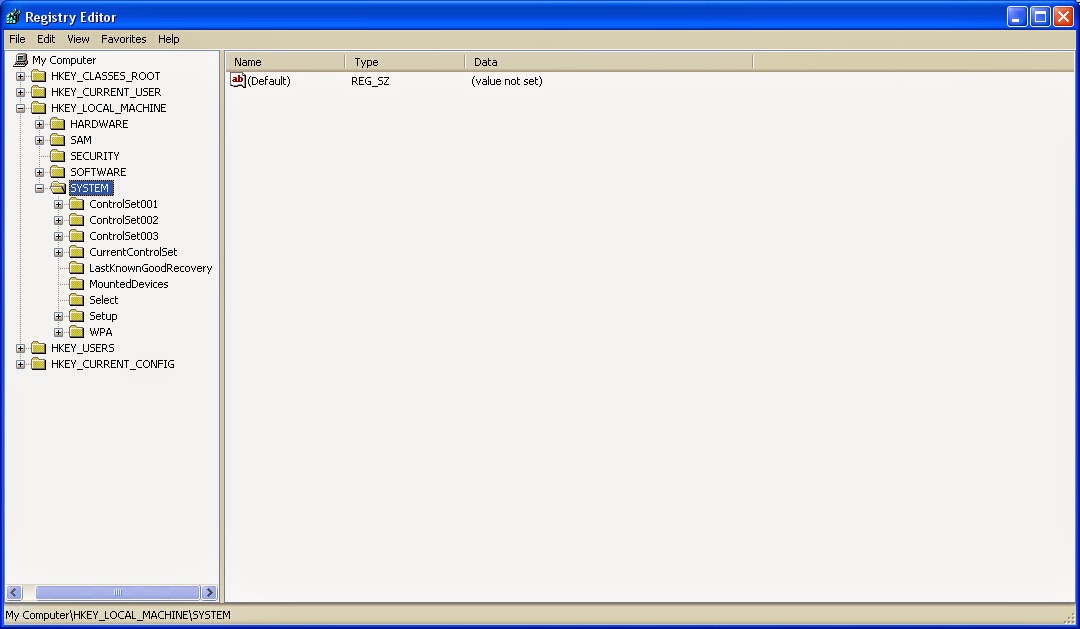
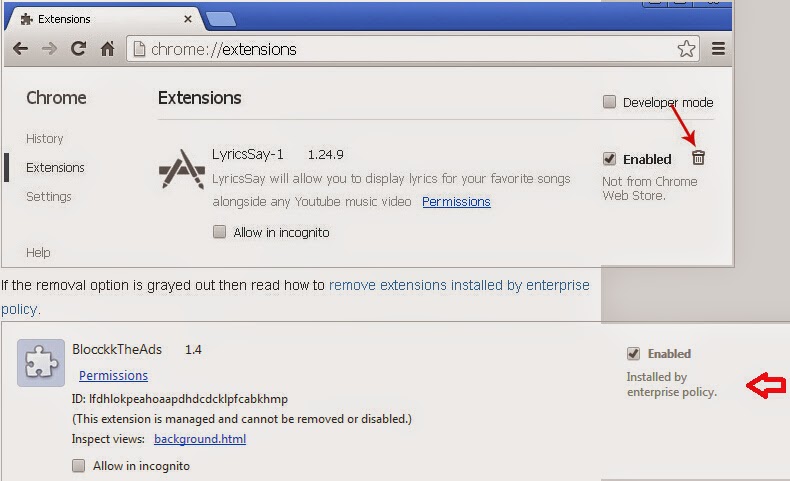
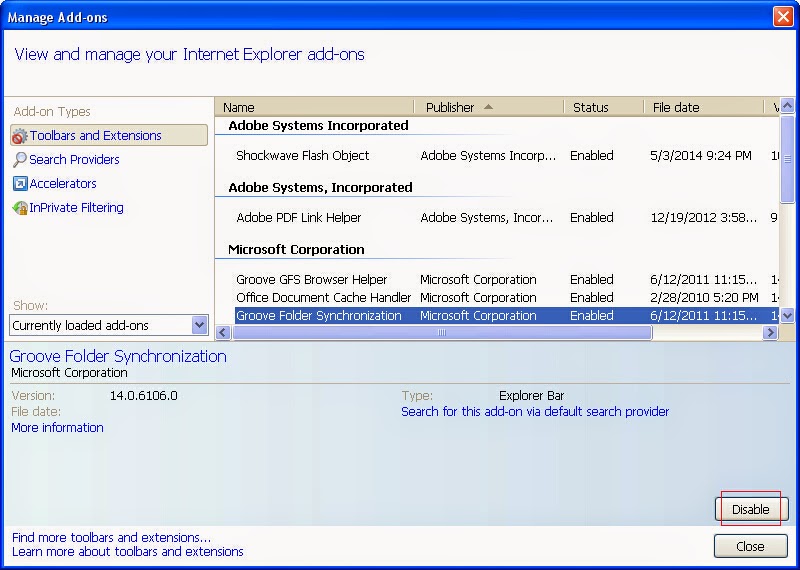
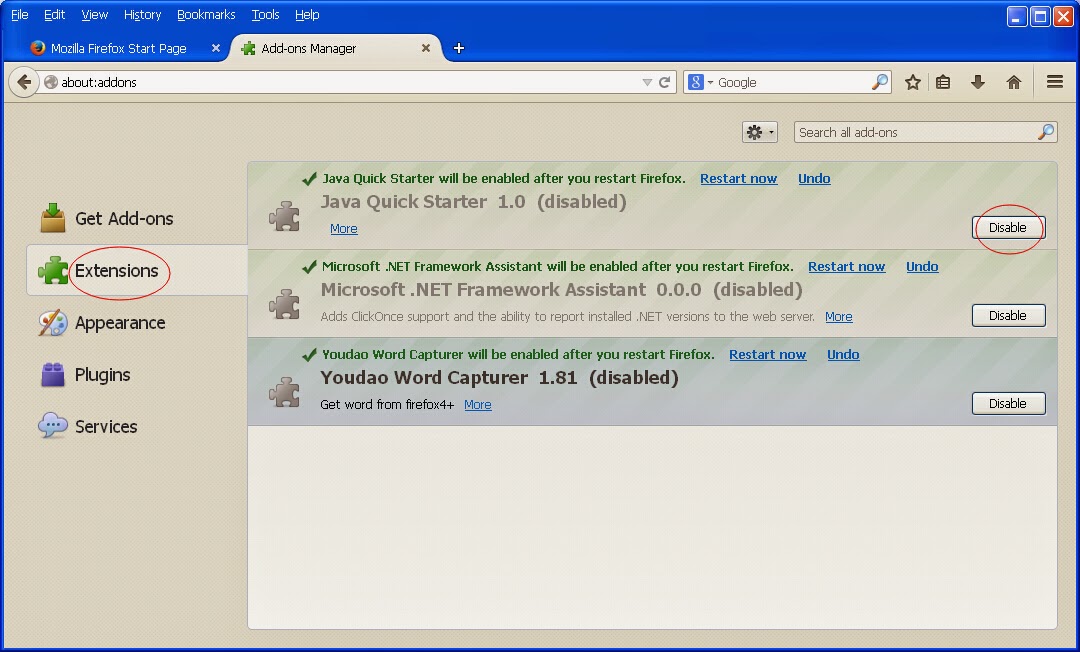
Guide Two: Automatic Deletion with SpyHunter
Step 1: Press the Download button to download SpyHunter.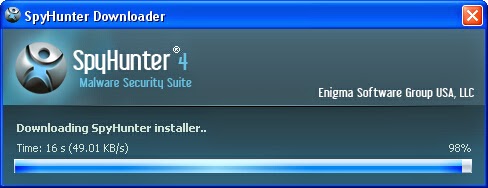
Step 3: Click I accept the license agreement and then Next to continue its setup.
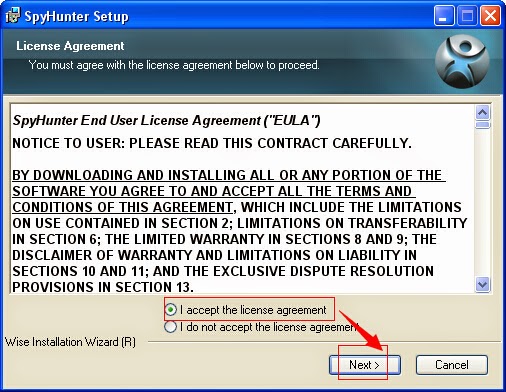
Step 4: Wait for its updating.

Step 5: Press Finish and then a SpyHunter Scanner window is displayed, click on Scan Computer Now and remove all reported threats.
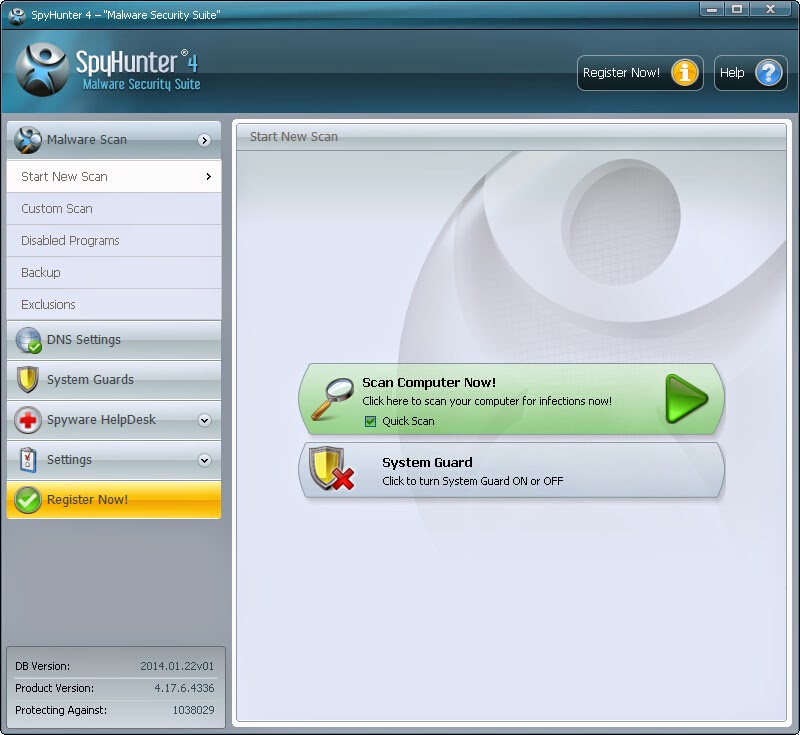
Note: No matter which method you choose, you’d better reboot your computer to see whether it has worked or not. However, if you want to relieve the trouble in removing viruses manually, you can install SpyHunter to help you.

No comments:
Post a Comment